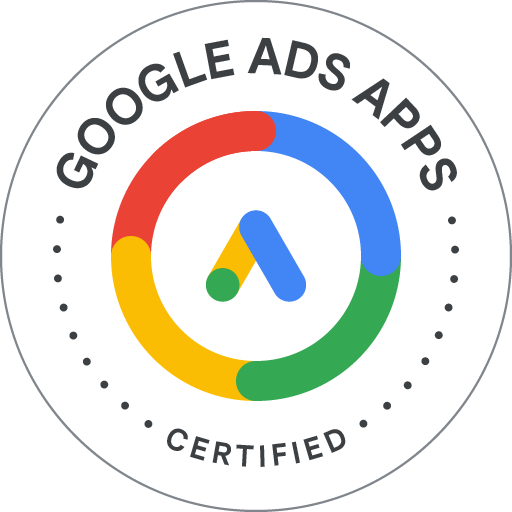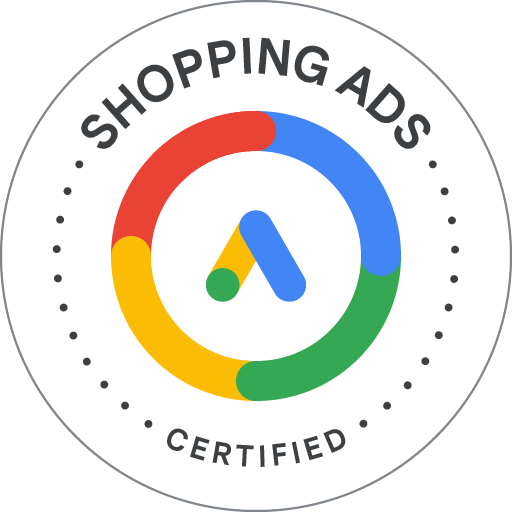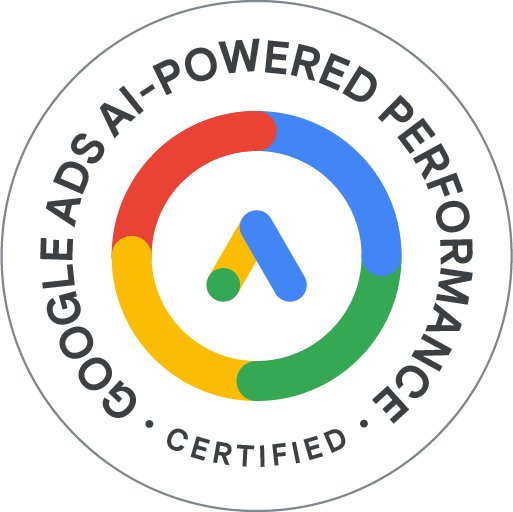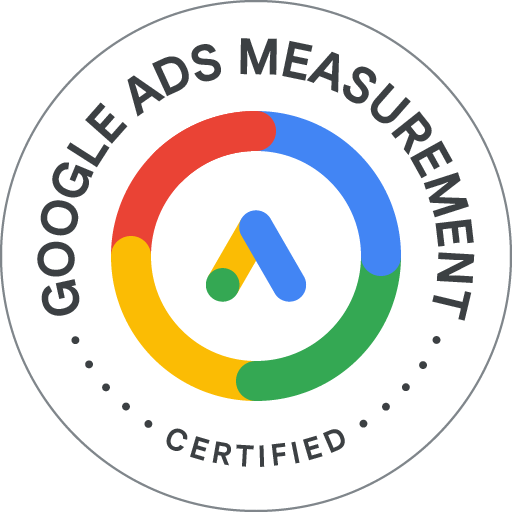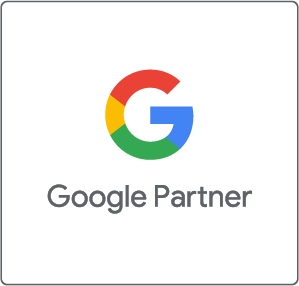Google Ads powers over 90 percent of all internet searches each day, putting your business in front of millions of potential customers. With so much competition online, choosing the right advertising platform can mean the difference between steady growth and getting lost in the crowd. Understanding how Google Ads works and what it really offers helps you tap into this vast audience, target your ideal customers, and control your budget with precision.
Table of Contents
Key Takeaways
| Point | Details |
| Effective Pay-Per-Click Model | Google Ads operates on a cost-effective PPC model, allowing businesses to pay only for actual engagement with their ads. |
| Diverse Targeting Options | Utilize various targeting strategies including keywords, demographics, and interests for more precise audience segmentation. |
| Robust Measurement Tools | Google provides conversion tracking and analytics capabilities to help measure ROI and optimize advertising strategies. |
| Common Mistakes to Avoid | Ensure to conduct thorough keyword research and optimize landing pages to prevent common pitfalls that can hinder campaign success. |
Google Ads: Definition And Core Benefits
At its core, Google Ads is a sophisticated digital advertising platform that enables businesses to display targeted promotional content across Google’s extensive network. According to Wikipedia, Google Ads allows advertisers to bid on displaying brief digital advertisements, service offerings, product listings, and videos to potential customers across search results and partner websites.
The platform operates on a pay-per-click (PPC) model, which means businesses only pay when someone actually clicks on their advertisement. This approach provides a cost-effective marketing strategy where you’re essentially paying for verified audience engagement rather than mere visibility. Research from IJISRT confirms the platform’s effectiveness, revealing substantial improvements in website traffic, customer acquisition, and overall business expansion.
Key benefits of Google Ads include:
-
Precise Targeting: Reach specific demographics, locations, and customer interests
-
Immediate Visibility: Appear at the top of search results instantly
-
Measurable Results: Track performance with detailed analytics
-
Flexible Budgeting: Control spending with customizable daily and campaign budgets
-
Remarketing Capabilities: Re-engage previous website visitors
With its robust targeting options and performance-driven approach, Google Ads represents a powerful tool for businesses seeking to expand their digital marketing reach and connect directly with potential customers.
If you’re looking to dive deeper into Google Ads strategies for specific industries, check out our Google Ads for Med Spas guide to understand niche-specific advertising techniques.
Targeting Options And Ad Formats Explained
Navigating the complex world of Google Ads requires a deep understanding of its sophisticated targeting options and diverse ad formats. According to Wikipedia, advertisers can leverage multiple targeting strategies including keywords, demographics, location, and device type, enabling precise audience segmentation and engagement.
Research from IJEI Journal highlights the critical importance of strategic targeting for small and medium-sized enterprises (SMEs). By implementing advanced targeting tactics, businesses can dramatically improve their advertising efficiency and return on investment.
Google Ads offers several powerful targeting options:
-
Keyword Targeting: Match ads to specific search queries
-
Demographic Targeting: Reach audiences based on age, gender, income
-
Geographic Targeting: Focus on specific locations or regions
-
Device Targeting: Optimize ads for mobile, desktop, or tablet users
-
Interest-Based Targeting: Connect with users based on online behaviors
Ad formats provide additional flexibility for engaging potential customers:
-
Text Ads: Concise, direct marketing messages
-
Display Ads: Visual banner advertisements
-
Video Ads: Engaging multimedia content
-
App Promotion Ads: Drive downloads and engagement
For businesses seeking specialized guidance, our Click Thrive Marketing experts can help you navigate these intricate targeting strategies and maximize your advertising potential.
Measuring And Maximizing Return On Investment
Return on Investment (ROI) stands as the critical metric that determines the true success of any Google Ads campaign. According to IJISRT, measuring campaign effectiveness requires comprehensive tracking of website traffic, customer acquisition, and sales growth to understand the real impact of digital advertising efforts.
Wikipedia highlights that Google provides robust tools like conversion tracking and Google Analytics integration, empowering advertisers to make data-driven decisions. These powerful analytics platforms enable businesses to track performance metrics, understand customer behavior, and continuously optimize their advertising strategies.
Key Performance Indicators (KPIs) for measuring Google Ads ROI include:
-
Conversion Rate: Percentage of clicks resulting in desired actions
-
Cost Per Acquisition (CPA): Total cost to acquire a single customer
-
Click-Through Rate (CTR): Percentage of users who click your ad
-
Quality Score: Google’s rating of ad relevance and quality
-
Total Conversion Value: Monetary worth of all conversions
Strategies to maximize ROI involve continuous monitoring and strategic adjustments:
-
Regularly audit and refine keyword strategies
-
Optimize ad copy for higher relevance
-
Implement precise audience targeting
-
Use A/B testing to improve ad performance
-
Adjust bidding strategies based on performance data
To dive deeper into performance optimization techniques, explore our Click Thrive Marketing resources designed to help businesses unlock their full advertising potential.
Cost Structure And Budget Control Strategies
The pay-per-click (PPC) model of Google Ads offers businesses unprecedented flexibility in managing advertising expenses. As Wikipedia explains, this pricing structure allows advertisers to bid on keywords and pay only when users actually click on their advertisements, providing granular control over marketing spending.
IJISRT research highlights that strategic budget allocation can lead to substantial improvements in key performance indicators while maintaining strict cost management. This approach enables businesses to maximize their advertising effectiveness without risking financial overextension.
Crucial budget control strategies include:
-
Daily Budget Caps: Set maximum spending limits per day
-
Bid Adjustments: Modify keyword bids based on performance
-
Ad Scheduling: Target ads during most profitable hours
-
Device Targeting: Optimize spending across different devices
-
Audience Exclusions: Prevent ads from showing to irrelevant users
Pricing models to consider:
-
Cost-Per-Click (CPC): Pay for each ad click
-
Cost-Per-Thousand (CPM): Pay per 1,000 ad impressions
-
Cost-Per-Acquisition (CPA): Pay only for converted leads
To develop a tailored budget strategy that aligns with your business goals, consider consulting our Click Thrive Marketing experts who specialize in maximizing advertising ROI.
Common Mistakes And How To Avoid Them
Navigating the complex world of Google Ads requires awareness of potential pitfalls that can derail your advertising efforts. According to IJISRT, many businesses stumble due to inadequate keyword research, poorly crafted ad copy, and inconsistent performance monitoring.
Wikipedia highlights several critical mistakes that can significantly impact campaign effectiveness. Neglecting negative keywords, setting unrealistic budgets, and failing to optimize landing pages are among the most common errors that can drain your marketing resources and reduce overall campaign performance.
Most frequent Google Ads mistakes to avoid:
-
Broad Keyword Selection: Using overly generic keywords that attract irrelevant traffic
-
Ignoring Negative Keywords: Failing to exclude non-converting search terms
-
Poor Landing Page Design: Creating disconnected or slow-loading destination pages
-
Inadequate Conversion Tracking: Not implementing comprehensive tracking mechanisms
-
Set-and-Forget Approach: Neglecting ongoing campaign optimization
Strategies to mitigate these risks:
-
Conduct thorough keyword research
-
Implement strict negative keyword filters
-
Create highly relevant, targeted landing pages
-
Set up comprehensive conversion tracking
-
Regularly audit and adjust campaign parameters
For personalized guidance on avoiding these common pitfalls, our Click Thrive Marketing experts can provide tailored strategies to maximize your Google Ads performance.
Unlock the Full Potential of Your Google Ads with Expert Help
If you found yourself overwhelmed by the complexities of targeting options or frustrated by unclear ROI measurement in this guide you are not alone. Many businesses struggle to turn Google Ads investments into consistent, measurable growth due to challenges like imprecise keyword targeting or underutilized budget controls. This article highlights critical pain points such as maximizing conversion rates and avoiding common mistakes that can drain your budget without delivering results.
Take control of your Google Ads campaigns today by partnering with specialists who have managed over $30 million in ad spend for small and medium-sized businesses. At Click Thrive Marketing, we focus on strategic campaign optimization, laser-focused lead generation, and driving real business growth. Explore insights and tailored solutions in our Uncategorized Archives that showcase how data-driven decisions transform advertising efforts into reliable revenue streams.
Don’t let your Google Ads spend go to waste. Visit Click Thrive Marketing now to discover how our award-winning strategies can maximize your ROI, refine your customer engagement, and fuel your business expansion. Start turning clicks into customers with expert guidance built for your success.
Frequently Asked Questions
What is Google Ads and how does it work?
Google Ads is a digital advertising platform that allows businesses to display targeted ads on Google’s network. It operates on a pay-per-click (PPC) model, meaning advertisers only pay when someone clicks on their ads.
What are the main benefits of using Google Ads?
The key benefits of Google Ads include precise targeting options, immediate visibility on search results, measurable results with detailed analytics, flexible budgeting, and effective remarketing capabilities to re-engage past visitors.
How can I measure the effectiveness of my Google Ads campaign?
You can measure effectiveness using key performance indicators (KPIs) such as conversion rate, cost per acquisition (CPA), click-through rate (CTR), quality score, and total conversion value. Tools like Google Analytics and conversion tracking can help track these metrics.
What common mistakes should I avoid when using Google Ads?
Common mistakes include using broad keywords, ignoring negative keywords, poor landing page design, inadequate conversion tracking, and taking a set-and-forget approach to campaign management. Regular audits and optimizations are crucial for success.





